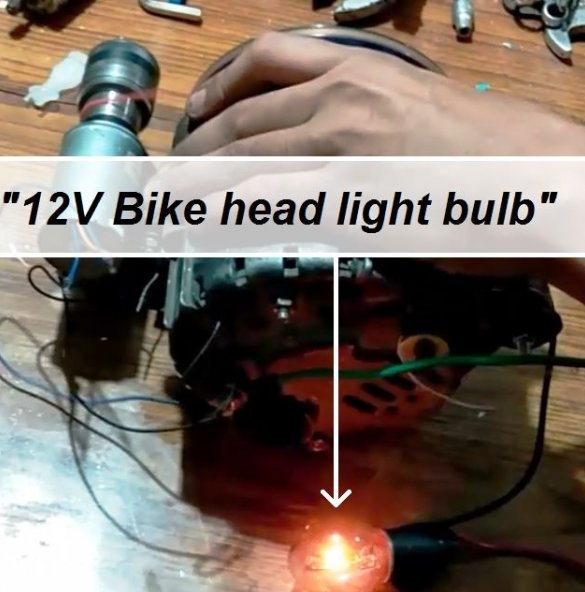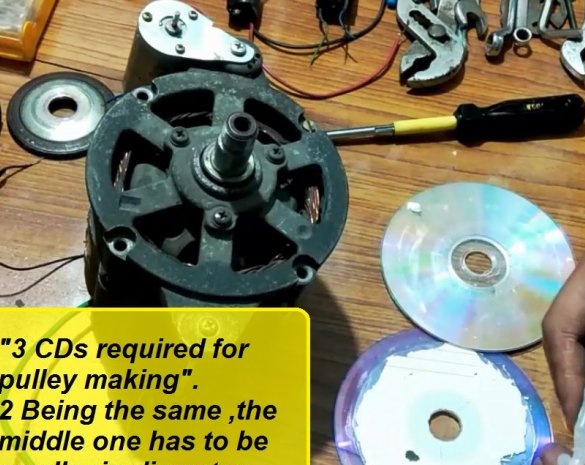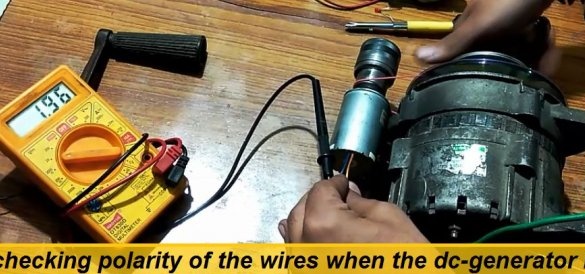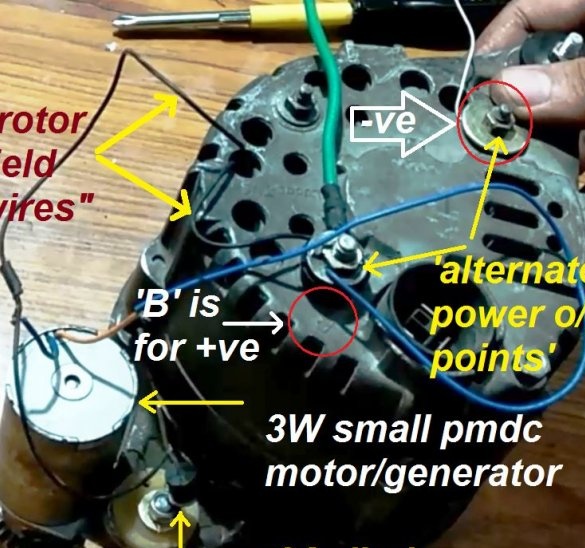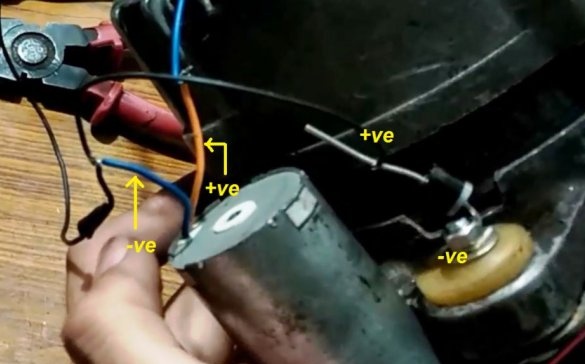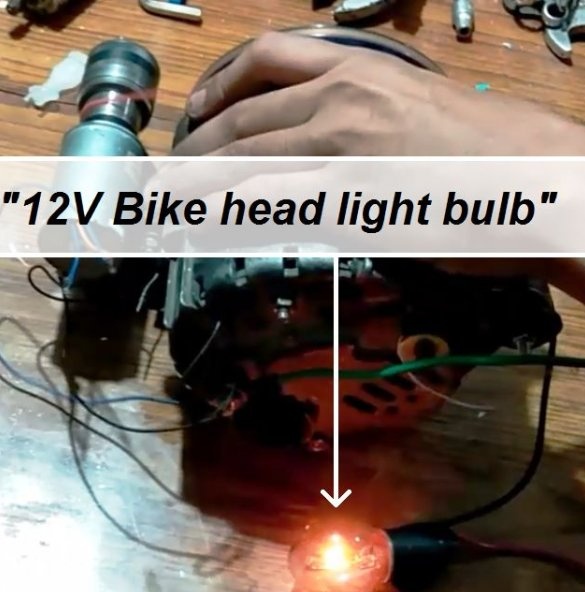"A causative agent is a relatively low-power direct current generator that feeds the field windings of the main, more powerful direct or alternating current generator, and is usually located on the same shaft with it" - Wikipedia
A car generator does not need an exciter. Its field winding is powered from the electrical system via a relay regulator. They used to be vibratory, now - electronic... well, everyone knows that.
But what if you decide to spin some old car generator do it yourself outside the car, on the table in the workshop? Then its field winding must be powered from somewhere. It’s not interesting from the PSU, but what if you put a small generator with permanent magnets next to it, connect a large generator to the excitation winding and rotate it from its shaft through an impromptu belt drive? It will turn out almost the same as described on Wikipedia, but not “on the same shaft”. The experience of the author of Instructables under the nickname omars2 will show whether such homemade.
I’ll ask readers in advance not to look for a perpetual motion machine here. Like any generator with an exciter, the proposed design will stop working as soon as you stop turning the shaft.
Let's see how the master makes a pulley for a large generator. To do this, he takes three blanks. With two does nothing, but in the third it reduces the diameter. She glues a pulley out of them so that the reduced blank is between the left as is, and the centers of all three blanks coincide.
Initially, there was an impeller on the generator shaft:
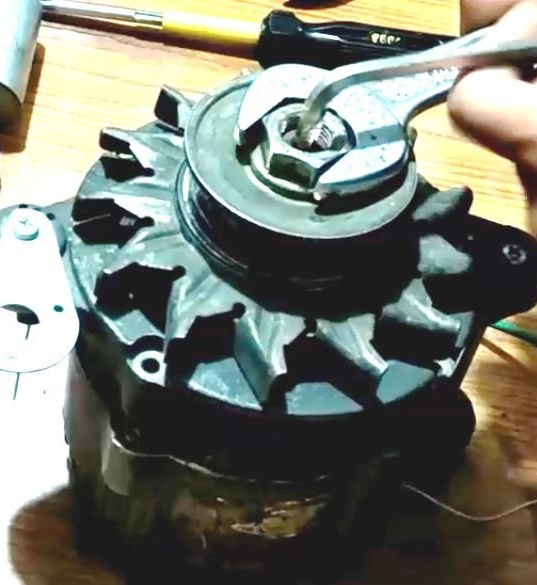
Her master also replaces with an impromptu pulley:
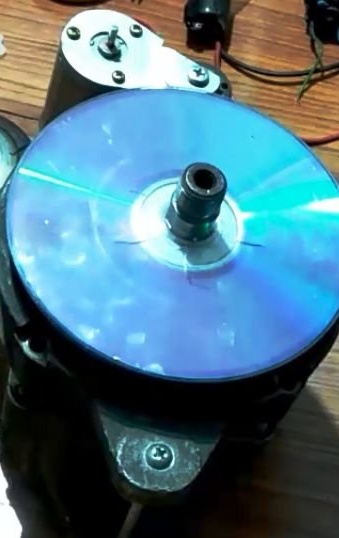
And on the shaft of a small generator, the cartridge from an old type drill becomes a pulley. Do not repeat the master’s mistake - do not connect an LED without a quenching resistor to this generator.
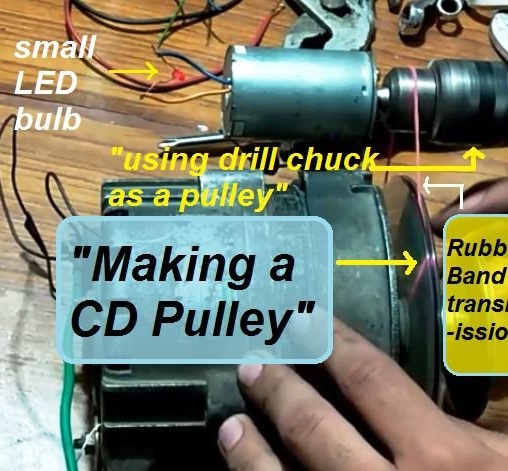
The master fixes the small generator to the large one, connects their shafts with a thin rubber ring, determines the polarity of the voltage at the output of the small generator during clockwise rotation:
It connects the output of a small generator to the field winding of a large one through a diode as shown below:
It connects a load to a large generator - a 12 V incandescent lamp, tries to rotate the shaft, and it turns out that the experiment was a success:
So you can recreate in miniature in home conditions generator with a pathogen described in the physics textbook.

